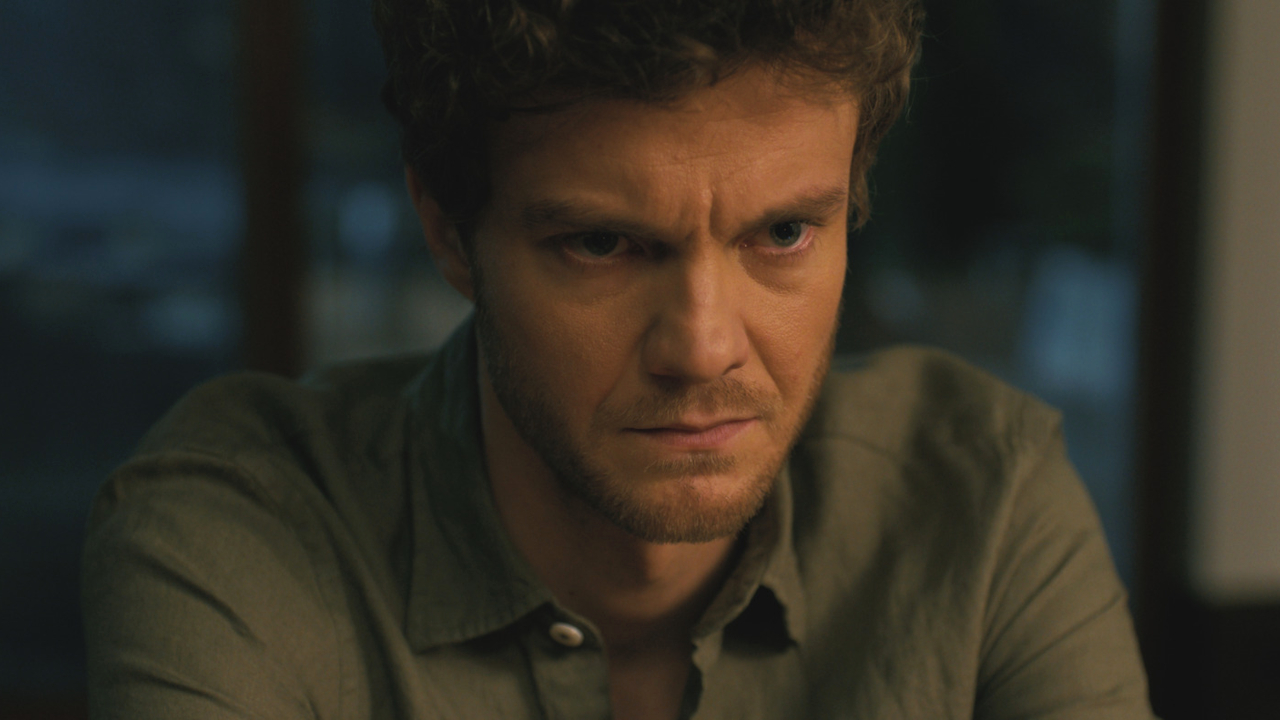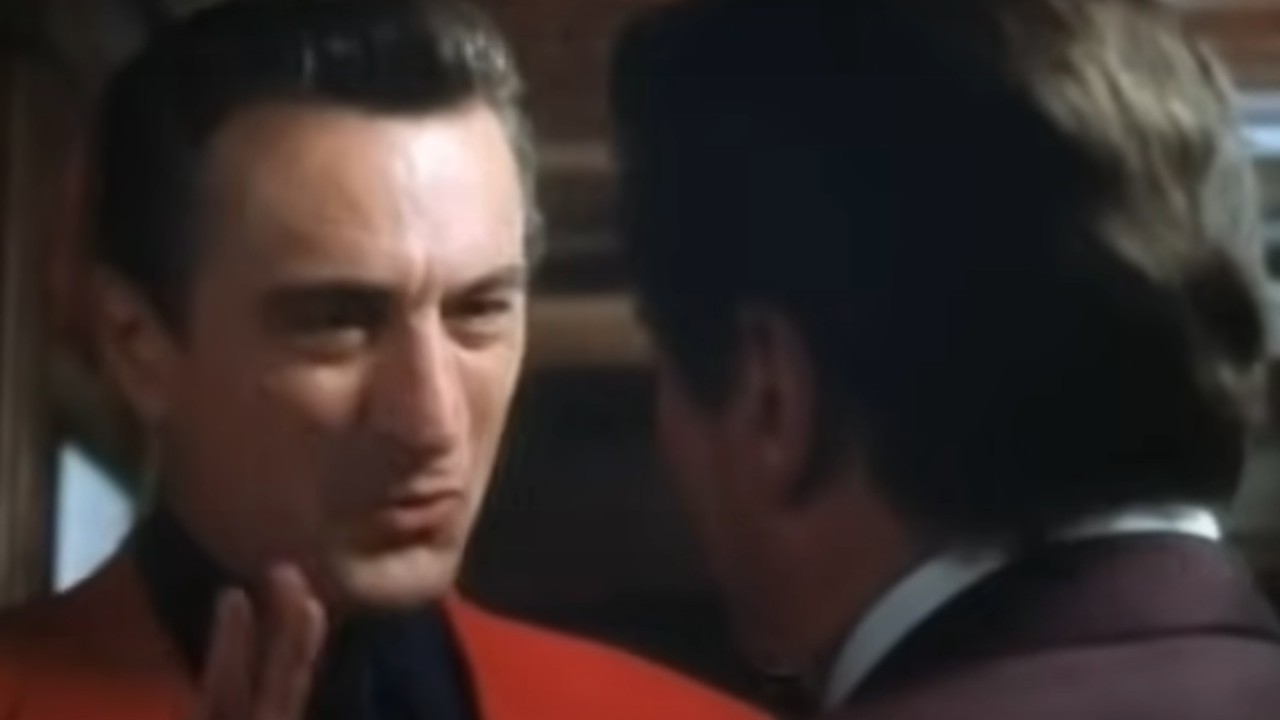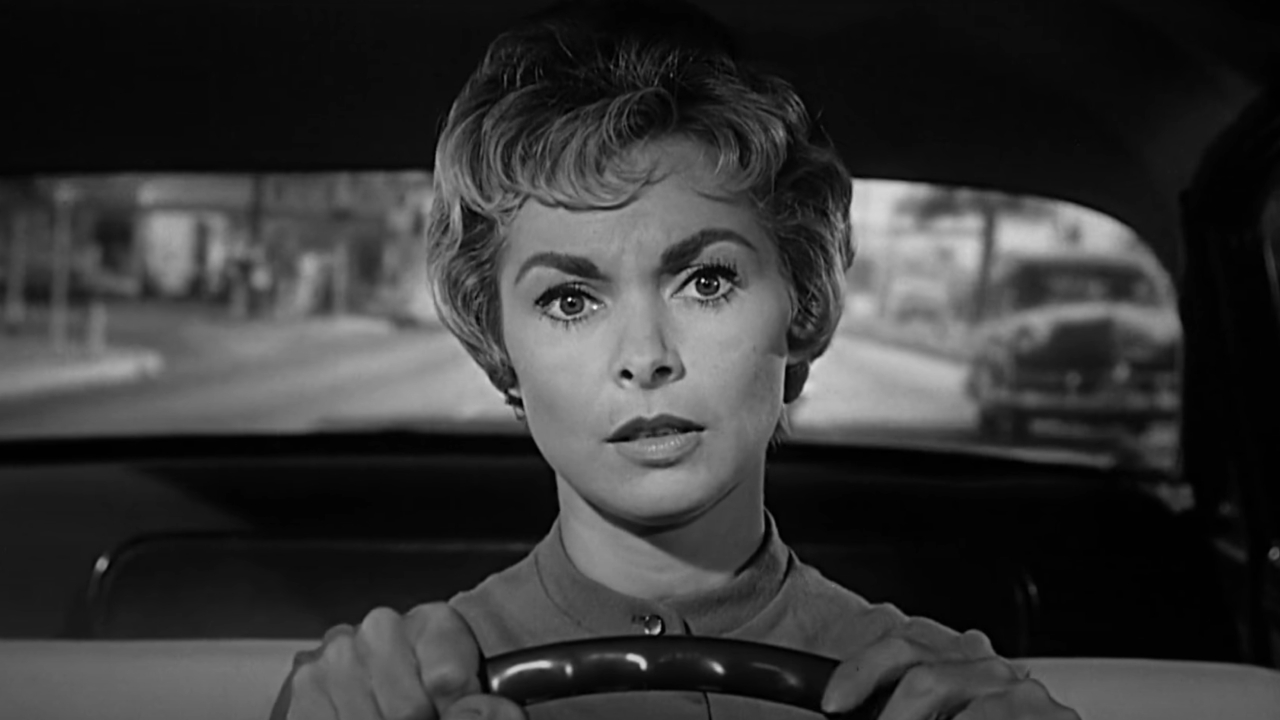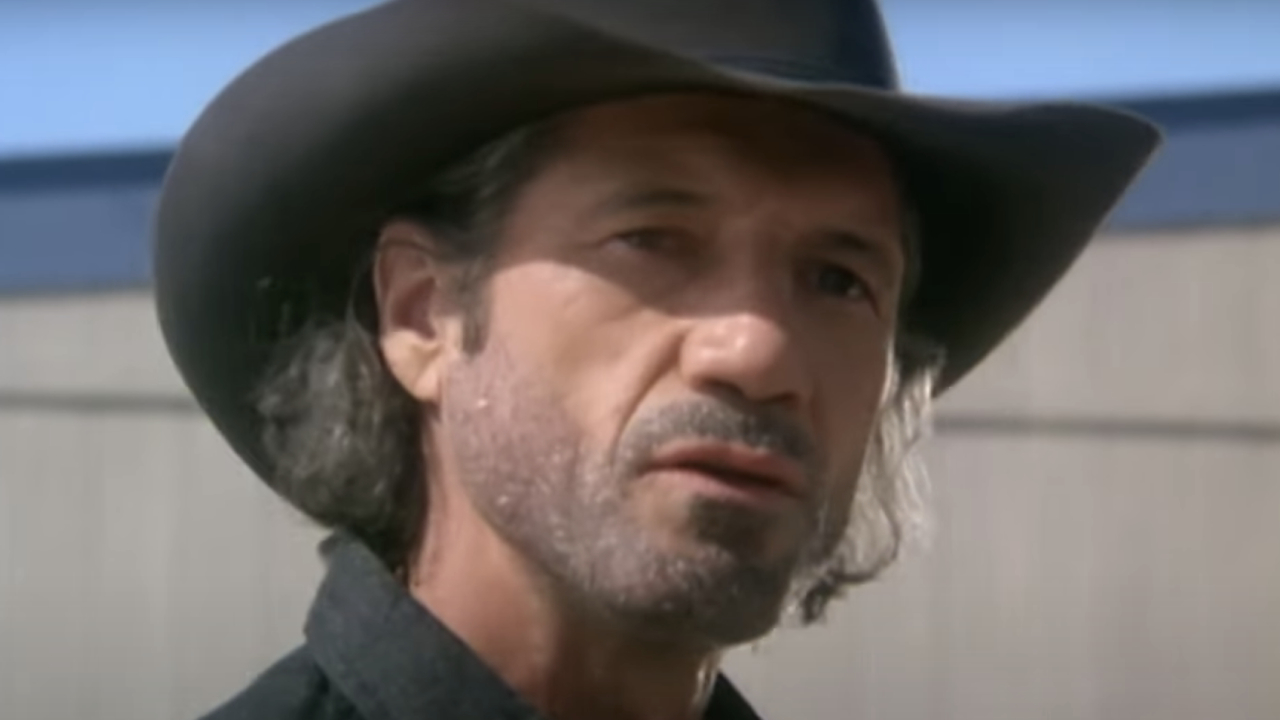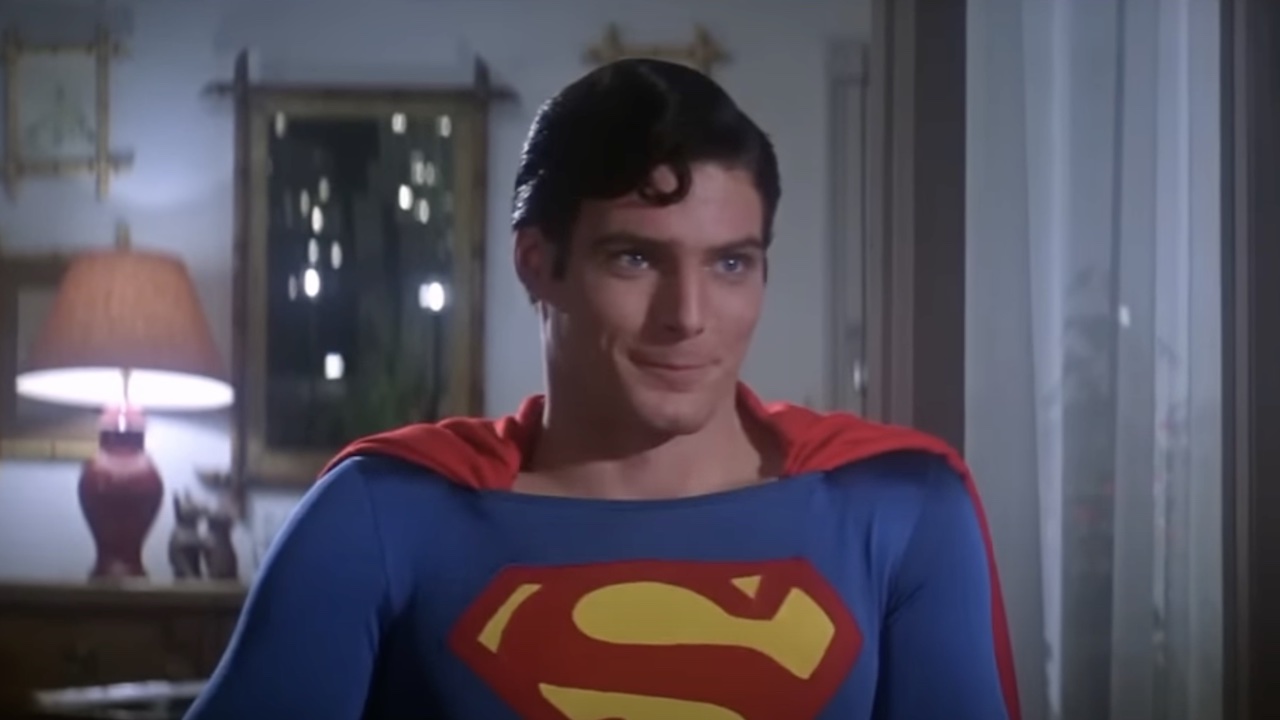Adapting Stephen King's Quitters, Inc.: 2007’s No Smoking Is A Bonkers Foreign Remake Of A Terrific Short Story
Definitely not the ideal way to quit smoking cigarettes.

Not including shorts/Dollar Babies, French filmmakers have never produced a film based on the works of Stephen King. We have also never seen any come out of Germany, Sweden, Spain, Japan, China… or any continental European or South American countries. The reality is that there are only two non-English language movies that have been made to date, and they both come from India. In 2003, director Balu Mahendra made Julie Ganapathi, a musical remake of the novel Misery (previously adapted in 1990 by Rob Reiner), and four years later, Anurag Kashyap made No Smoking (a remake of the short story “Quitters, Inc.” which was previously included in Lewis Teague’s 1985 anthology Cat’s Eye)
Released in 2007, No Smoking probably has to be qualified as an unofficial Stephen King adaptation, as the beloved author’s work isn’t actually attributed. The story is credited to writers Raja Choudhary and Anurag Kashyap (who also penned the screenplay), and King’s name appears in neither the title sequence nor the end credits scroll. This is perhaps because the film deviates quite significantly from what Constant Readers find in the pages of the 1978 collection Night Shift (which will obviously be a big focus of this column), but the connections are undeniable, and Kashyap has noted “Quitters, Inc.” as inspiration.
Unlike, Julie Ganapathi, No Smoking has been made accessible to English-speaking audiences, and has been released with a subtitle track – and it’s quite a bonkers piece of work. As with any remake, however, there are three specific questions to answer: how does it compare to the original adaptation, how does it compare to the short story, and how does it fit into the larger legacy of Stephen King adaptations? While also providing info on how you can watch it yourself, I address all of those questions and more in this week’s edition of Adapting Stephen King.
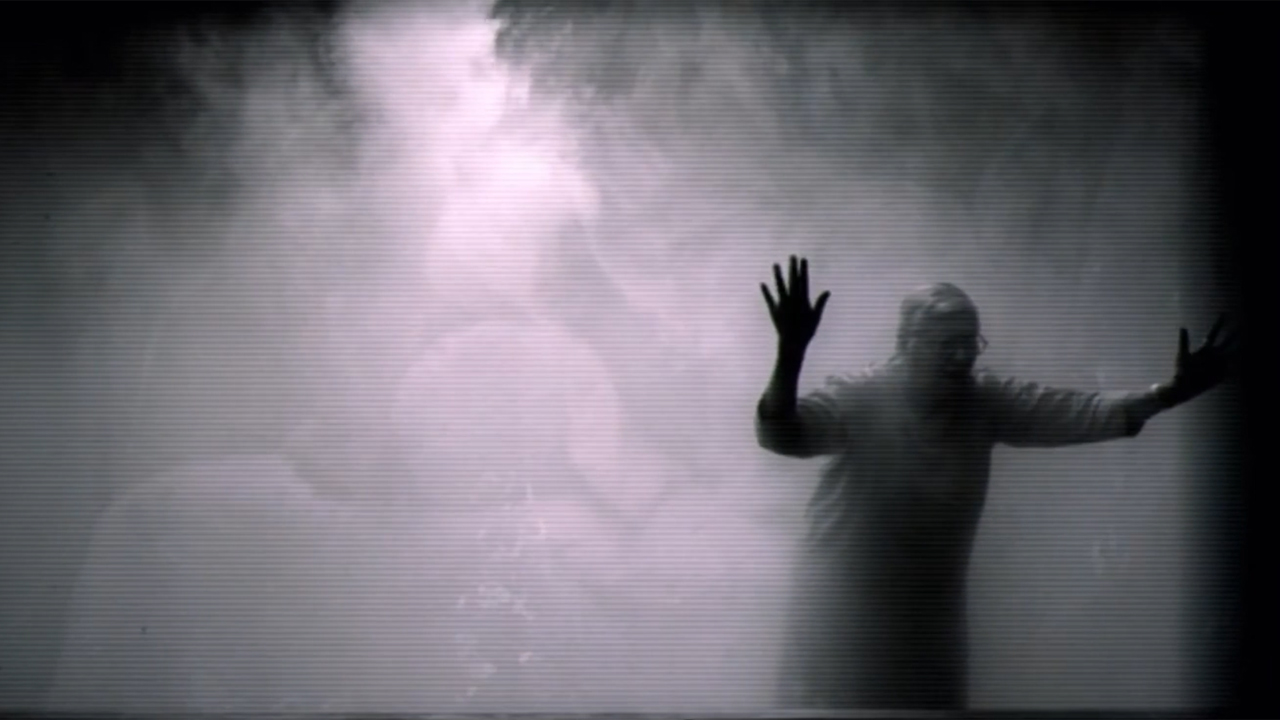
How Anurag Kashyap’s No Smoking Differs From Lewis Teague’s Cat’s Eye
Comparing Anurag Kashyap’s No Smoking to Lewis Teague’s Cat’s Eye is a little, for lack of a better word, unfair. Even beyond the fact that Stephen King himself personally wrote the screenplay for the latter title, giving him the capacity to stick close to what he originally had published, there is also the medium to consider. As I’ve noted many times in this column, short stories and anthologies are a match made in heaven, as the limited runtime doesn’t require filmmakers to get creative and expand on/stray away from the source material.
No Smoking, meanwhile, is a part of a special subgroup of adaptations that also includes 1984’s Children Of The Corn, 1986’s Maximum Overdrive, 1990’s Graveyard Shift, 1995’s The Mangler, 1997’s The Night Flier, 2004’s Riding The Bullet, and 2007’s 1408 – all of which are feature-length films based on Stephen King short stories. Like all of those titles, Anurag Kashyap’s movie takes a lot of liberties and makes a lot of inventive choices… and they exclusively move away from King’s story instead of tying back in any way.
As I noted in my column about Cat’s Eye in July of last year, the Lewis Teague film isn’t a perfect translation of “Quitters, Inc.” across mediums, as it changes some notable details and “rules” about the titular anti-smoking program, but it can be called 95 percent accurate. That missing five percent definitely can’t be found in No Smoking.

How Anurag Kashyap’s No Smoking Differs From Stephen King’s Short Story
On top of being an “unofficial” Stephen King movie, No Smoking is what could be called a logline adaptation. This is to say that a basic description of both the film and “Quitters, Inc.” line up and match – but when you start getting into the details, the content and plot proceedings differ considerably. Both the short story and the feature center on a chain smoking protagonist who turns to an organization with some extreme protocols when it comes to getting clients to kick their nicotine habits – but beyond that, there are some major changes made.
CINEMABLEND NEWSLETTER
Your Daily Blend of Entertainment News
Without getting too deep into the nitty-gritty (pointing to all of the differences would double the normal length of this column), one change that arrives early is how the lead, K (John Abraham) gets pulled into the anti-smoking organization, which is referred to as The Laboratory (it uses a business called Kalkatta Carpets as a cover). In the short story, the main character, Dick Morrison, is recruited by an old pal who seems to legitimately want to help his friend improve his health/life… but that altruism isn’t a part of the 2007 adaptation. Instead, The Laboratory utilizes a freaky referral program which sees members get hacked-off fingers returned for every new person that they can recruit – which is how K gets drawn in by his acquaintance, Abbas (Paresh Rawal).
As you may have guessed, fingers being cut off is one of the penalties that The Laboratory and its leader, Baba Bengali (Paresh Rawal), executes when a client slips up and smokes. This too is a change from Stephen King’s story – which doesn’t feature finger-cutting as a penalty for smoking, but instead as part of Quitters, Inc.’s follow-up initiative that is meant to stop ex-smokers from gaining weight.
In No Smoking, slicing digits is what happens when an enrollee lights up a cancer stick for the second time, though the penalty for a first-time screw up is also changed. In the short story, Morrison is forced to watch as his wife is thrown into a room with an electrified floor, but the movie sees K’s brother, J (Sanjay M. Singh) trapped in an enclosed space that is pumped full of cigarette smoke. This is particularly awful given that J has recently had surgery to remove a diseased lung.
Arguably the biggest alteration of all, however, is in the nature of the world in which the story takes place. Unlike a lot of Stephen King’s best works, “Quitters, Inc.” inspires terror by being grounded in reality and proposing the idea that such a program could actually exist. That is not the case with No Smoking, which opts to embrace the supernatural.
Magical/fantastical elements are featured throughout the movie, including special rings that are used to reattach severed fingers and a translucent figure that can be occasionally seen roaming inside the walls of The Laboratory (it’s never explained what this is). It’s really more toward the end, though, that things get particularly wild.
When K smokes for a fourth time, for example, his brother ends up in a trance that sees him attempt suicide in multiple ways – including jumping off of a roof, walking in front of a truck, grabbing power lines, and slipping on a banana peel to break his own neck. Furthermore, K’s final rebellion against Baba Bengali in the third act results in his soul being removed and trapped in a prison below Kalkatta Carpets. He is returned to his body in the final minutes of the movie, but he is missing fingers, and a mid-credits scene sees him recruiting an unsuspecting person over the phone so that he can have them returned.
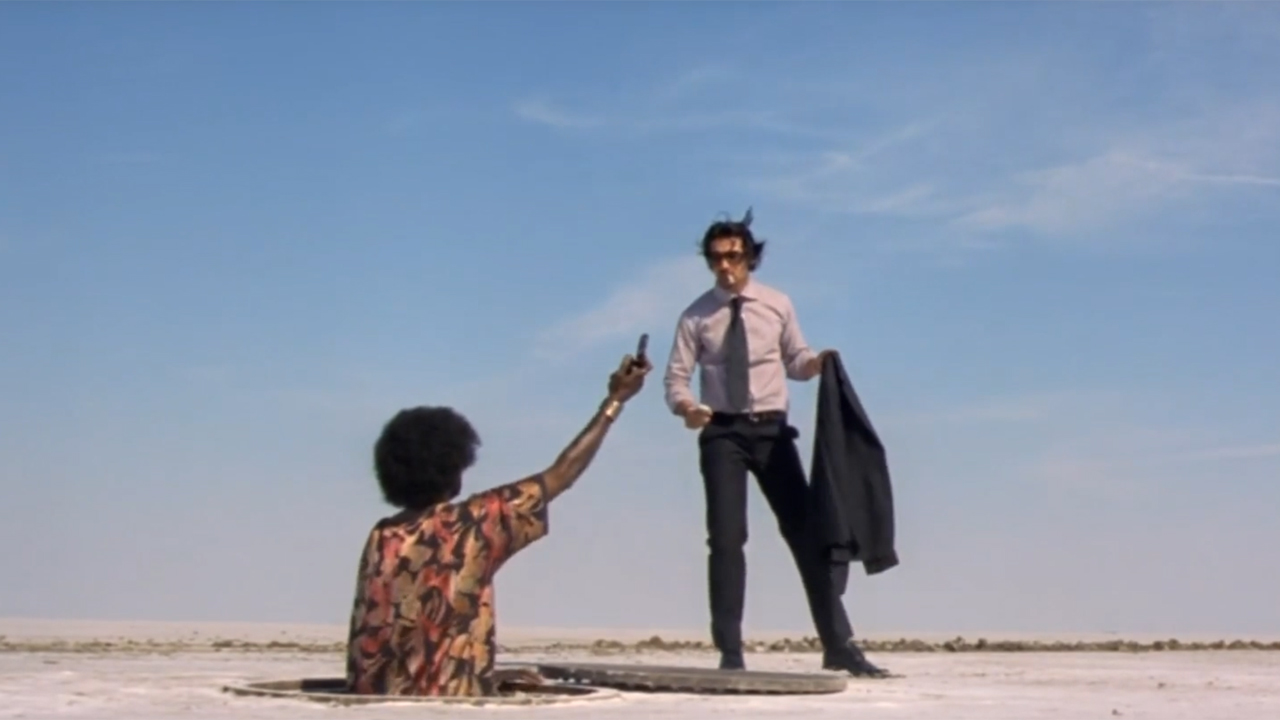
Is It Worthy Of The King?
Anurag Kashyap’s No Smoking is one of the more frustrating Stephen King adaptations, in that it does a great number of things tremendously well in terms of its approach to the narrative, themes and its style, but it is weakened by what could politely be called an overly ambitious ending that not only doesn’t provide a satisfying conclusion to the story, but borders on incomprehensible.
It’s a movie that challenges the audience with an unlikable protagonist in K, as he is arrogant, selfish, and generally terrible, and through the first two acts there is a fascinating balance that is struck as what he experiences both feels like karmic retribution and empathy-inspiring horror. The penalties dealt out by The Laboratory initially read as proper punishments for a man who prioritizes smoking above any people in his life – including his caring and supporting wife (Ayesha Takia) – and there is satisfaction in him getting his just desserts… but as the extreme power of the program is revealed there is a tremendous shift that makes you want to see K overcome his addiction and succeed in his fight against the horrifying system in which he is enrolled.
Contributing to this are bold flourishes in both the aesthetics and story that provide No Smoking with terrific energy. There are some outrageous choices that are hard not to simply marvel at – from the revelation that Baba Bengali may be a secret son of Adolf Hitler, to random thought bubbles popping up on screen, to Laboratory spies popping out of manhole covers in the middle of the desert to catch K trying to surreptitiously smoke.
These off-kilter choices work for most of the runtime, but it becomes overindulgent and nonsensical late in the film after K is arrested as a suspect following his wife’s disappearance. It’s at this point that No Smoking seems to just start throwing things out hoping that they will keep the narrative flowing – starting with K attempting to take advantage of a New Year’s loophole in his contract with The Laboratory before waking up in some kind of Russian prison (which he has a dream about at the start of the movie). Rather than answering any of the questions that are raised throughout or providing any firm conclusions, there is instead an over-commitment to the odd and abstract elements of plot that leaves the experience feeling unsatisfying.
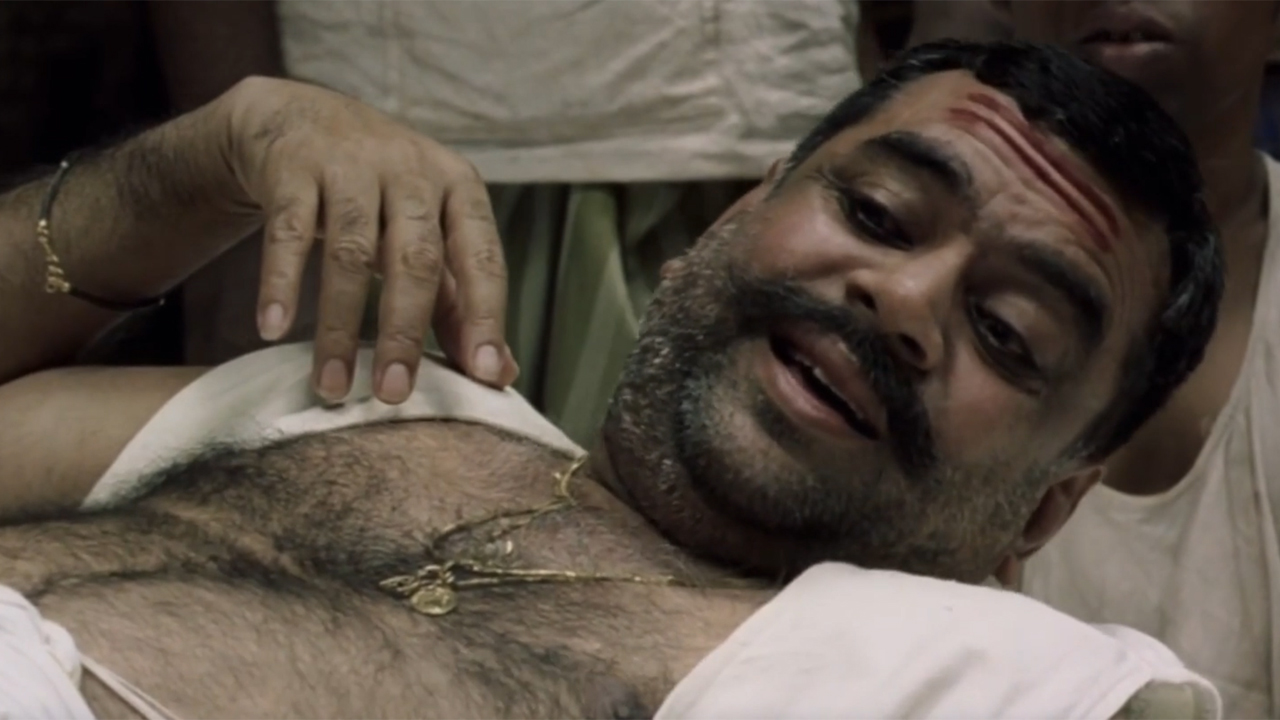
How To Watch Anurag Kashyap’s No Smoking
If set up with the right subscriptions, you could be watching No Smoking as soon as you finish reading this column. If you’re presently signed up for Amazon Prime, you can catch the film on Prime Video (you have to sign up for ErosNow, but you can start with a 7-day free trial). That’s the only way to legally watch it digitally at present – though there is an option for those of you who collect physical media, as it was released on DVD in 2007.
Next week’s Adapting Stephen King is a big one, as I’ll be taking a look back at what presently stands as the capper of director Frank Darabont’s Stephen King trilogy: 2007’s monster-filled horror show The Mist. My thorough examination of the film and its phenomenal, dark ending will be in CinemaBlend’s Movie section next Wednesday, and while you wait you can check out all of the previous installments of this column by clicking through the banners below.







Eric Eisenberg is the Assistant Managing Editor at CinemaBlend. After graduating Boston University and earning a bachelor’s degree in journalism, he took a part-time job as a staff writer for CinemaBlend, and after six months was offered the opportunity to move to Los Angeles and take on a newly created West Coast Editor position. Over a decade later, he's continuing to advance his interests and expertise. In addition to conducting filmmaker interviews and contributing to the news and feature content of the site, Eric also oversees the Movie Reviews section, writes the the weekend box office report (published Sundays), and is the site's resident Stephen King expert. He has two King-related columns.

